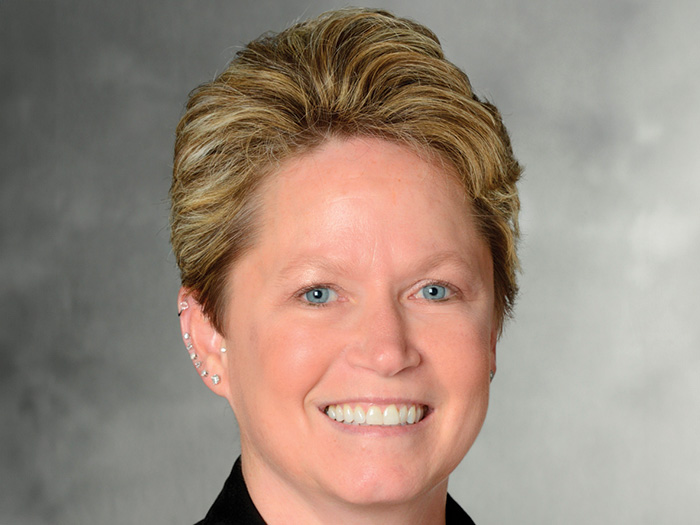Excess/Surplus
5 Trends Driving More Opportunity (and More Competition) in E&S

2018 has been a good year for the U.S. excess and surplus market. According to a September Fitch Ratings Report, mid-year performance indicates that “the E&S market is poised to generate a significant direct underwriting profit in 2018.”
The heavy natural catastrophe losses of 2017 have driven some slight hardening. At the same time, demand for excess and specialty coverages is increasing due to both a growing economy and growing complexity of risk. E&S has always been the market built to cover volatile exposures, and thanks to new technology, increased litigiousness, and shifting societal attitudes around corporate responsibility, volatility may be at an all-time high for many lines of business.
Scott Bayer, Senior VP at Tokio Marine Specialty Insurance Company, the E&S division of Philadelphia Insurance, described five trends reshaping risk profiles in core E&S segments, presenting both challenges and opportunities.
“New and shifting exposures certainly offer the chance to innovate new products, but risk selection and disciplined underwriting will remain vital to the E&S market’s ongoing success in these areas,” Bayer said.
1. Environmental Awareness Drives Demand for Pollution Liability Coverage in Construction
Society is more acutely aware than ever of environmental issues. Whether it’s carbon emissions, water pollution, or soil disturbance, people are increasingly holding companies accountable for the environmental consequences of their actions. This has spurred rising demand for pollution liability insurance in the construction sector in particular.
“That coverage really keys in on people’s interest to protect surrounding homes or businesses during new construction when we’re disturbing the soil or conducting any other work that could cause pollution,” Bayer said.
People are increasingly attuned to making sure that the addition of new structures will not cause long-term problems for the surrounding neighborhood. “Because of that, project owners require contractors to carry environmental coverage to protect not only the interest of the parties building a new structure, but the long-term interest of surrounding entities as well,” Bayer said.
“It’s a growing book of business for excess underwriters.”
2. Liquor Liability Litigation Heightens Exposure for Hospitality
Liquor liability exposure for hotels, restaurants and bars is also expanding thanks to increased litigation volatility. Though liquor liability laws — known as dram shop laws — haven’t changed significantly in some time, legal verdicts and settlements are growing.
“The verdict amounts are hitting layers of excess capacity that have never been hit before,” Bayer said.
“New technologies are coming out all the time, but often there’s little knowledge attached to it, and little understanding in the market of how those tools affect the risk profile from operational, product quality and safety perspectives.” – Scott Bayer, Senior VP at Tokio Marine Specialty Insurance Company
This too can be attributed to a growing societal awareness of the option to hold hospitality entities responsible for damages or injuries incurred as a result of overconsumption of alcohol, food poisoning, or any other event related to the serving of food and beverages.
For E&S carriers, “there are areas of opportunity surrounding exposures that can be risk controlled by adding exclusions,” Bayer said. “Because of the volatility in this space and the growing exposure, liquor liability coverage will always fall into the E&S realm. We want to make sure hospitality organizations are protected in some of these high verdict cases.”
3. New Technology Introduces New Risks in Manufacturing
Manufacturing and technology go hand in hand. Semi-automated machinery and collaborative robots are staples on the factory floor, but the rapid rate of technological change often outpaces users’ understanding of new tools.
“New technologies are coming out all the time, but often there’s little knowledge attached to it, and little understanding in the market of how those tools affect the risk profile from operational, product quality and safety perspectives,” Bayer said.
The upside of advanced technology, however, is that it enables advanced research capabilities. E&S underwriters have a library of online resources available to learn about new tools quickly.
“We’ve devoted ourselves to bringing insurance solutions for novel manufacturing technology,” Bayer said. “It’s enabled us address exposures that we haven’t touched before, and that primary carriers don’t have an appetite for.”
That includes plastic or electronic component parts, which can be used for variety of different functions.
“It’s a matter of staying in tune with the purpose of the technology, appreciating how exposures change, and knowing when to take your shots,” Bayer said.
4. Admitted Carriers Infringe on Excess Liability Business in Construction
Excess liability in construction has long been a cornerstone of most E&S carriers’ portfolios, but the business is attracting more competition from primary insurers amid a solid boom. Demand for residential, commercial and infrastructure projects remains high.
Growing opportunity in this space, combined with lack of rate across many primary P/C lines, has pushed some admitted carriers to take on exposures in construction that have traditionally been beyond their appetite, including accounts with cranes and scaffolding.
Compared to admitted insurers, E&S carriers are better positioned to take advantage of new technologies like automated quoting and binding platforms, powered by artificial intelligence.
“Typically, we compete against other E&S companies, but we’re seeing more and more admitted carriers move into that realm. You’ll find that the line between admitted and E&S tends to move as the market gets more competitive,” Bayer said. “That makes it harder for us to compete on rate and form, and more difficult to pick the best risks.”
But given some firming in pockets of primary markets, Bayer expects the line to move back in favor of E&S carriers in the year ahead.
5. E&S Investment in Technology Opens New Opportunities
Compared to admitted insurers, E&S carriers are better positioned to take advantage of new technologies like automated quoting and binding platforms, powered by artificial intelligence. These tools help to streamline operational processes and speed up distribution.
These benefits have also opened up access to smaller accounts, with which the E&S market has historically had few touchpoints.
“Digitizing parts of the transaction helps us bring that business in the door directly — business that’s been traditionally ignored,” Bayer said. “When the agent or wholesaler is able to enter information easily, with minimal back-and-forth with the underwriter, it confers huge advantages to both parties; Namely, speed and efficiency. A lot of E&S companies are starting to take advantage of this technology, and it will become more prevalent going forward.” &











